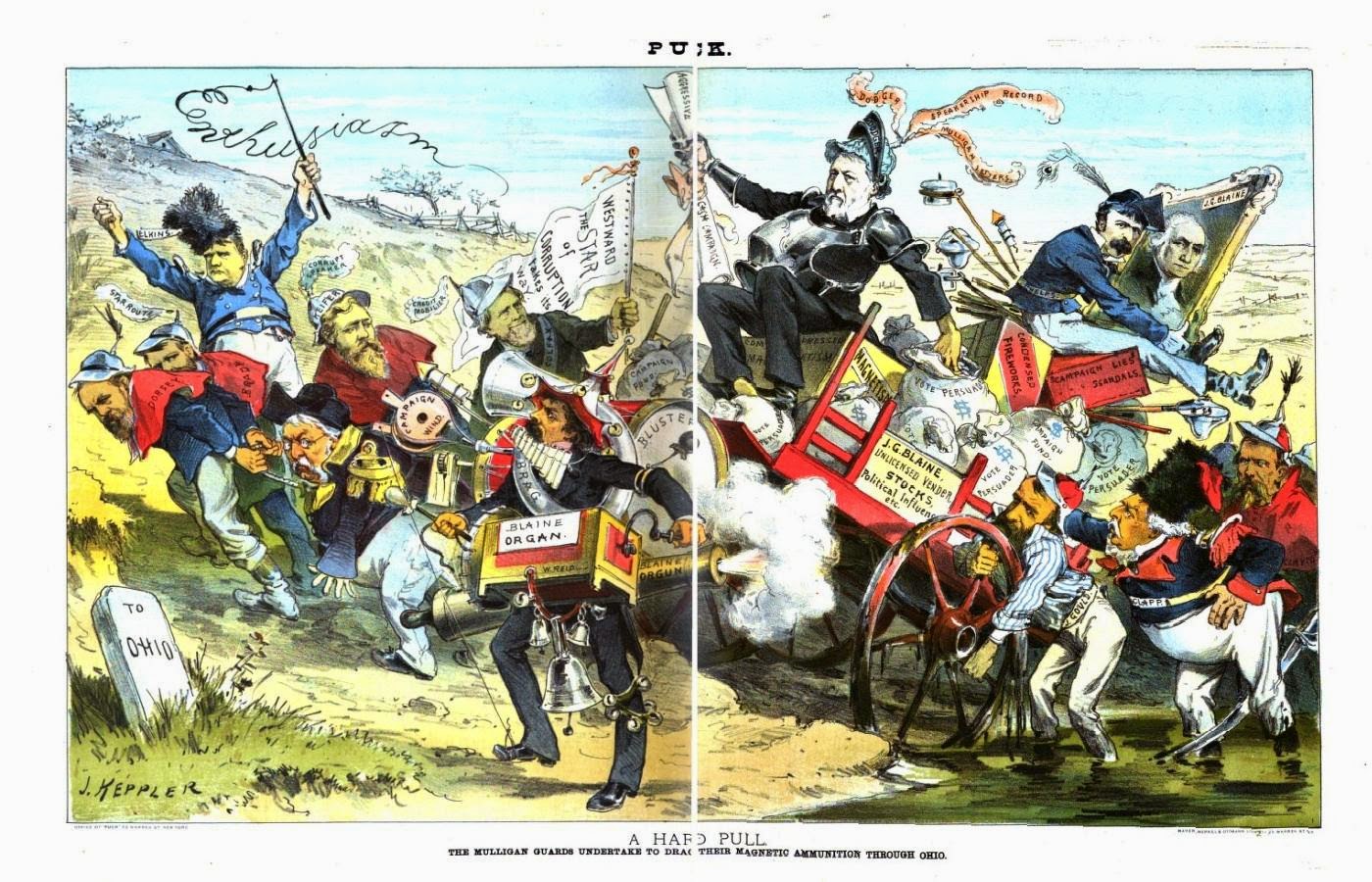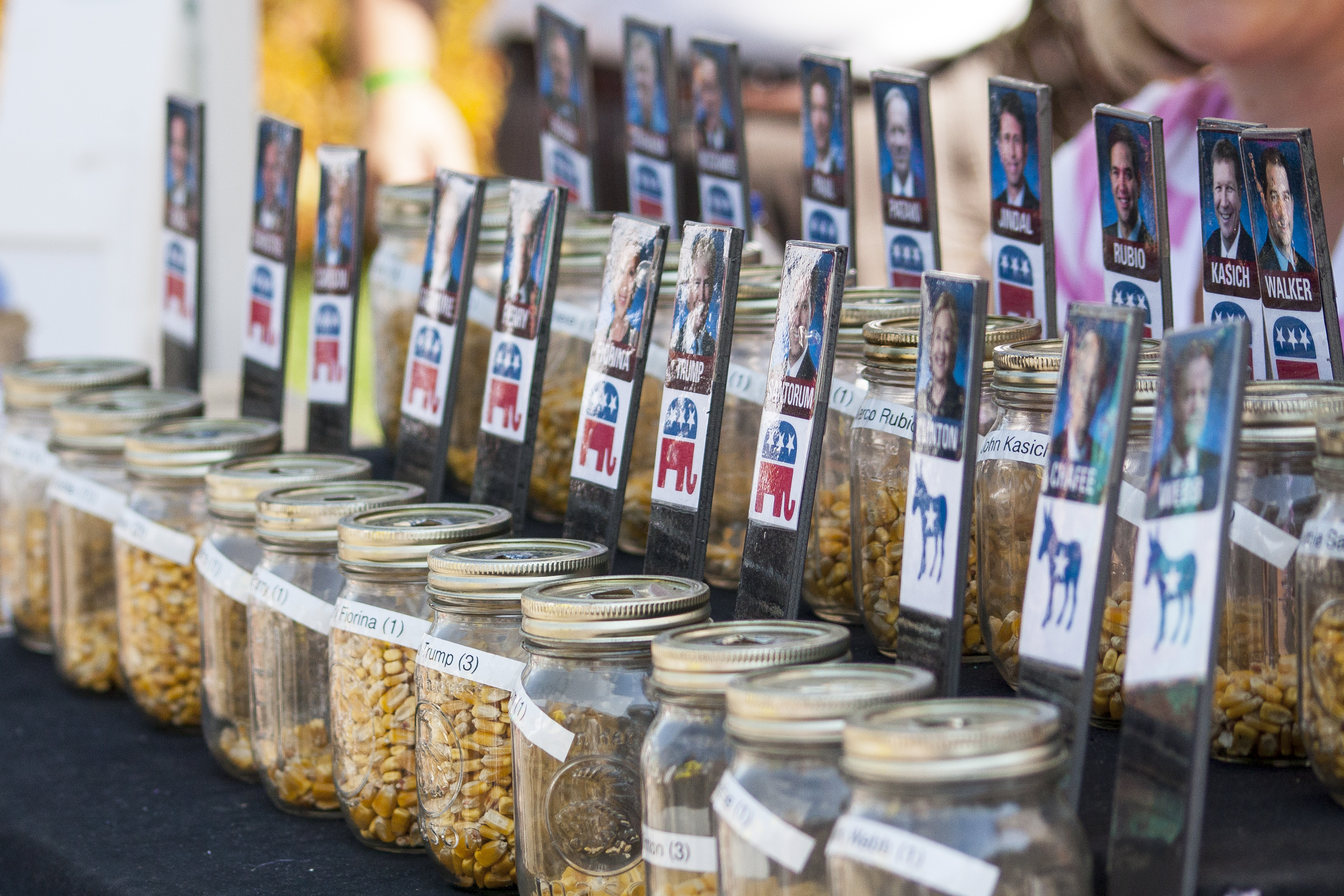Horse-race style political opinion polling is an integral a part of western democratic elections, with a history dating back to the 1800’s. Political opinion polling originally took hold in the first quarter of the 19th century, when a Pennsylvania straw poll predicted Andrew Jackson’s victory over John Quincey Adams in the bid for President of the United States. The weekly magazine Literary Digest then began conducting national opinion polls in the early 1900s, followed finally by the representative sampling introduced the George Gallup in 1936. Gallup’s polling method is the foundation of political opinion polls to this day (even though the Gallup poll itself recently retired from presidential election predictions).
While polling has been around a long time, new technological developments let pollsters gather data more frequently, analyze and broadcast it more quickly, and project the data to wider audiences. Through these developments, polling data have moved to the center of election coverage. Major news outlets report on the polls as a compulsory part of political segments, candidates cite poll numbers in their speeches and interviews, and tickers scroll poll numbers across both social media feeds and the bottom of television screens. So central has polling become that in-the-moment polling data superimpose candidates as they participate in televised debates, creating media events in which performance and analysis converge in real time. So integral has polling become to the election process that it may be difficult to imagine what coverage would look in the absence of these widely projected metrics.
But the poll-centrism ushered in by new technologies is neither natural nor inevitable, as evidenced by Amy Goodman at Democracy Now, who intentionally excludes polling data as part of her election coverage. For Goodman, the trouble with polls is that they focus attention in the wrong place. Paraphrasing from a recent interview Goodman gave on CNN, she asks “how does knowing what other people think of a candidate help me assess my own views on the candidate?” In other words, Goodman’s philosophy calls into question the usefulness of polls in helping voters make informed decisions about who will most effectively govern. Polling metrics ostensibly take away from other more meaningful information, such as voting records and the substance of candidates’ messages.
Polls have become the pinnacle metric by which commentators discern a candidate’s performance on the ground and on the debate stage. Yet polls are a metric that measures performance through appeal, essentially constructing a popularity contest and reporting the results of that contest as the most meaningful information for voters. While Goodman argues that popularity status is not very useful information for those seeking to elect a leader, popularity status does have an effect on voter behavior nonetheless. The effects of polling are at the heart of old critiques, worth rehashing in light of an increasingly pollcentric media environment.
Just as political opinion polls have been around a long time, so too have concerns over their effects. As early as the late 1800s commentators suggested that projections may influence how voters view candidates and in turn, affect voting behavior. In short, polling data don’t just take the public temperature, they set it.

Gallup apparently spent a great deal of time and energy attempting to produce empirical evidence that would dispute the argument that polls influence—rather than simply measure—public opinion. His efforts were largely unsuccessful. Instead, empirical research shows that polls do in fact influence public opinion and that the most prevalent effect is what is known as the “bandwagon effect.”
The bandwagon effect is such that when people learn about a candidate doing well, they decide to support that candidate. That is, voters “jump on the bandwagon” of a winning contender. This has been the linchpin of Trump’s 2016 presidential campaign. When questioned about his suitability to hold the office of President, Trump invariably touts how well he is doing in the polls. And so far, this strategy has worked. The better he does in the polls, the better he does in the polls and ultimately, the better he does among primary voters. That is, the bandwagon effect represents a self-fulfilling prophecy. Projecting success onto someone actually helps that person achieve success. In this case, connecting a candidate to poll numbers that indicate high levels of support work to actually earn the candidate more support.
The bandwagon effect paints a decidedly unflattering picture of voters, who apparently can be swayed (and quite effectively) by the documented opinions of others. However, drawing on a little social psychology, the self-fulfilling-prophecy of a bandwagon effect makes perfect sense and dovetails with status processes that permeate everyday life.
Empirical research in Status Characteristics and Expectation States Theory (SCET) shows that people develop expectations of competence about one another based upon personal characteristics (race, class, gender, physical attractiveness) and also specific skills. Those who enjoy greater presumptions of competence are given more opportunities to talk during interaction, receive deferential treatment from those with whom they interact, and tend to earn higher levels of rewards. Rewards themselves then become status indicators, such that those who have more rewards are granted greater expectations of competence and relatedly, higher status. That is, rewards beget rewards. In the case of elections, the ultimate reward is votes and through election polling, voter support begets voter support.
Knowing this, it is unsurprising that the bandwagon effect is both strong and persistent. When voters see a candidate receive support, they grant that candidate greater competence and are then more likely to support the candidate themselves. And this is what political opinion polls do:they activate status processes that allow successful candidates to snowball into victory and push those with less support to quickly wither away.
Of course, polls are not deterministic. This is clear in the comebacks, upsets, disappointments, and flawed trajectories that make the political spectacle so spectacular. Self-fulfilling prophecies and bandwagons push candidates towards victory or defeat rather than directly causing wins and losses. Candidates still have to contend with their voting records, debate flubs, and personal histories. Voters can and do research candidates of interest. However, the push towards victory and defeat shepherded in by political opinion polling is troubling given not only the prevalence of polls, but also the almost unquestioned significance of the metrics polls produce.
The science of polling has become increasingly precise. Pollsters can discern granular trends about which groups support which candidates, for what reasons, and under what conditions. Highly skilled in survey design and statistical analysis and armed with sophisticated distribution and analytic software, pollsters have the tools to learn a lot. But perhaps the most useful place for those polls is behind the proverbial closed doors of campaign headquarters, where candidates and their staff can use the numbers to assess their own performances and adjust accordingly. Polling data can also be useful for social scientists looking to better understand political processes. To be sure, however, publically projected polling data does more than it records.
The effects of opinion polling matter not just for their influence, but for their distraction. The attention economy is not limitless, and when popularity data become the pinnacle metric, substance takes a back seat.
Jenny Davis is on Twitter @Jenny_L_Davis
Headline Pic Via: Source

